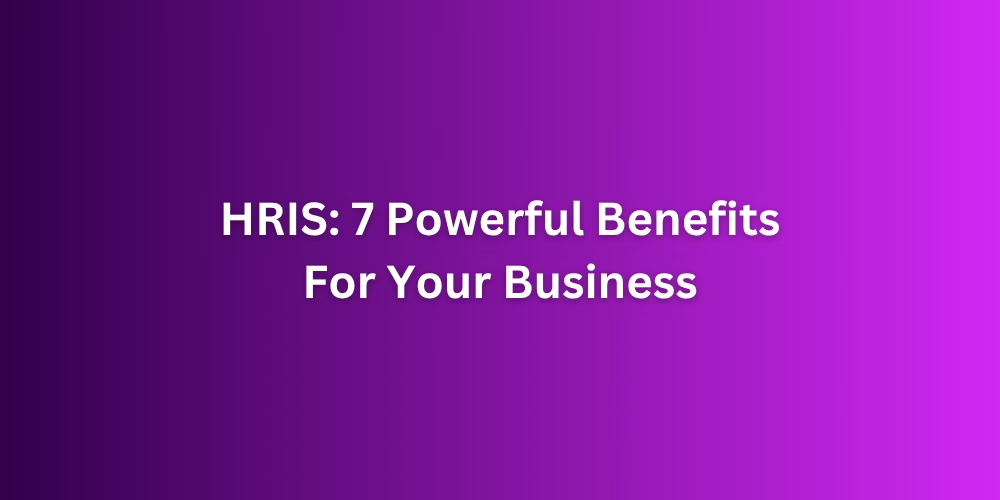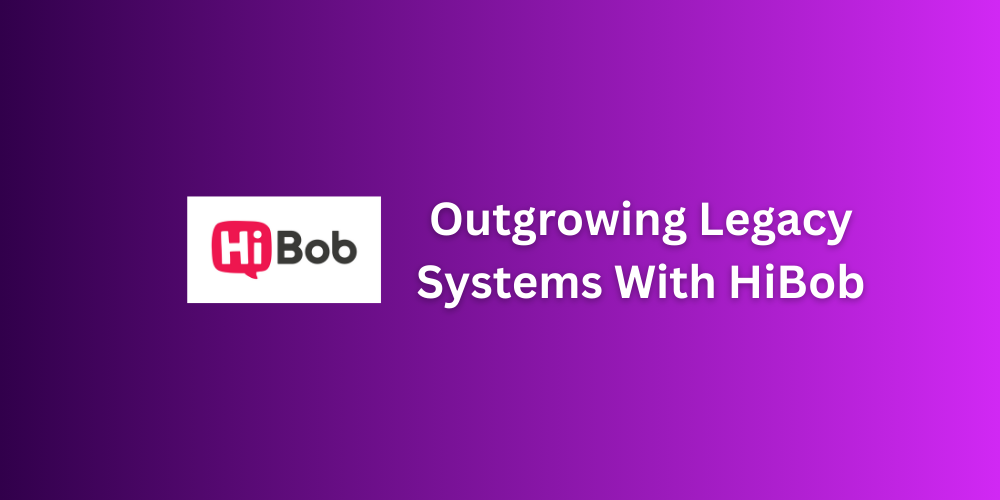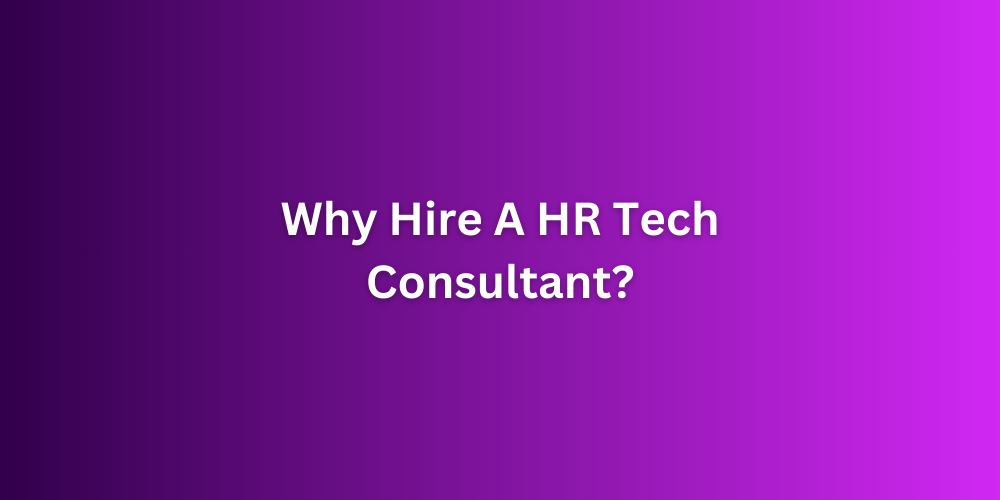Choosing the right HR software solution is a critical decision for Australian businesses of all sizes. Whether you’re a small startup aiming to streamline payroll, a mid-sized company needing robust recruitment tools, or a large enterprise seeking advanced workforce analytics, understanding HR software costs in 2025 is essential. With hundreds of options on the market, it’s easy to feel overwhelmed. How do you ensure you’re making a smart investment without overspending?
At Digital Directions, we’ve helped countless Australian businesses demystify HR system pricing and implement solutions that deliver measurable value. In this comprehensive guide, we’ll break down everything you need to know about HR software pricing in Australia, empowering you to choose a system that aligns with your budget, needs, and long-term goals.
Here we will cover:
- Key Cost Components
- Product Offerings & Features
- Agreement Terms
- Billing Schedule
- Common Pricing Models
- Implementation Fees
- Support Services
- Hidden Costs
- Maximising ROI with Digital Directions
- Take Control of Your HR Tech
Why HR Software Matters for Australian Businesses
Before we explore costs, let’s consider why HR software is worth the investment. Modern HR systems go beyond payroll—they streamline processes, ensure compliance with Australian regulations (like Fair Work and ATO requirements), and enhance employee experiences. But with so many options, how do you avoid overpaying for features you don’t need? This guide will help you navigate HR software pricing with confidence.
Key Cost Components
Understanding the factors that influence HR software costs is the first step to effective budgeting. Here’s a breakdown of the main components:
1. Product Offerings & Features
The features you choose will significantly impact the cost of your HR system. Most HR software is modular, allowing you to select the functionalities that matter most to your business. Here are the most common modules and their benefits:
- Payroll Processing: Automates payroll calculations, tax compliance, superannuation contributions, and payslip generation, ensuring adherence to Australian regulations like Fair Work and the ATO.
- Recruitment & Onboarding: Simplifies job postings, applicant tracking, candidate screening, and employee onboarding, saving time and improving hiring efficiency.
- Time & Attendance Tracking: Monitors employee hours, leave balances, and attendance, with features like timesheet automation and rostering to boost productivity.
- Performance Management: Tracks employee goals, performance reviews, and professional development plans, fostering a culture of growth and accountability.
- Compliance & Reporting: Ensures compliance with Australian workplace laws, such as Fair Work regulations, and provides detailed reporting for audits and strategic decision-making.
- Advanced Analytics: Offers workforce insights, including employee turnover rates, engagement metrics, and productivity trends (typically available in enterprise-grade solutions).
Basic systems focusing solely on payroll are more affordable, while comprehensive platforms with advanced features come at a premium.
💡 Tip: Many businesses overpay for features they don’t use. At Digital Directions, we conduct a thorough needs assessment to ensure you only invest in the tools that add value to your operations.
2. Agreement Terms
The length of your contract can influence costs. HR software agreements typically fall into three categories:
- Month-to-Month Plans: Offer flexibility but are often more expensive per month.
- Annual Contracts: Provide cost savings (typically 5-15% compared to monthly billing) but require a larger upfront commitment.
- Multi-Year Contracts: Offer the deepest discounts but lock you in for longer, which may not suit businesses in rapid growth phases.
💡 Tip: Flexibility in contract terms is a key concern for businesses searching for HR software in Australia. By choosing a contract term that aligns with your business strategy, you can avoid unnecessary costs and maintain scalability.
3. Billing Schedule
Vendors generally offer monthly or annual billing options. Opting for annual billing can save you money, but it requires a larger upfront payment. Consider your cash flow and financial strategy when deciding.
Paying annually can save businesses 5-15% compared to monthly payments.
4. Common Pricing Models
HR software pricing is not one-size-fits-all. Vendors use a variety of pricing models, each designed to cater for the needs of smaller businesses to large enterprises. Understanding these models is the first step to budgeting effectively. Here are the most common approaches:
- Per-User Pricing
The most popular pricing model, per-user pricing, charges a monthly fee for each employee or user on the system. Costs typically range as follows:- Basic Payroll Software: $5 – $10 per user/month (ideal for small businesses needing core payroll and compliance features).Mid-Range HR Solutions: $10 – $30 per user/month (suitable for growing businesses wanting recruitment, onboarding, and performance management tools).Enterprise-Grade HR Software: $30 – $100+ per user/month (designed for large organisations needing advanced analytics, custom integrations, and compliance tools)
💡 Tip: Per-user pricing can scale quickly, so it’s important to consider your headcount and growth projections when budgeting. - Flat-Rate Pricing
Some vendors offer flat-rate pricing, charging a fixed monthly or annual fee regardless of the number of users. This model is often appealing to small businesses with predictable employee numbers, as it provides cost certainty. - Tiered Pricing
Many HR software providers offer tiered plans (e.g., Basic, Pro, Enterprise), with each tier unlocking additional features. This model allows businesses to start with a lower-cost plan and upgrade as their needs evolve. - Custom Pricing
For large enterprises or businesses with unique requirements, vendors may offer custom pricing. While this can provide tailored solutions, it often comes with higher costs and requires detailed negotiations.
5. Implementation Fees
Getting your HR system up and running often involves one-time setup costs, which can range from $1,000 for basic systems to $50,000+ for enterprise solutions. Implementation fees typically cover:
- Software setup and configuration.
- Data migration from existing systems.
- System customisation to meet your specific needs.
- Integration with other business software (e.g., payroll, finance, or CRM tools).
- User training for your HR team and employees.
At Digital Directions, we help you negotiate transparent implementation fees and avoid surprises, ensuring a smooth rollout of your HR software..
6. Support Services
Ongoing support is critical to keeping your HR software solution running smoothly. Support costs vary depending on the level of service:
- Basic Email Support: Often included in the subscription fee.
- Phone & Live Chat Support: May cost an additional $50 – $200 per month.
- Dedicated Account Manager: Typically reserved for enterprise clients and included in premium plans.
Some vendors offer premium support packages with faster response times, 24/7 availability, and personalised assistance.
7. Hidden Costs to Avoid
Beyond the obvious expenses, there are potential hidden costs to watch out for when investing in HR software:
- Feature Add-Ons: Some vendors charge extra for additional modules or premium features.
- Data Storage Fees: Large amounts of data (e.g., employee records, performance metrics) may incur additional storage costs.
- Upgrade Fees: Moving to a higher-tier plan or adding users may involve unexpected charges.
- Termination Fees: Early cancellation of a contract may result in penalties.
Maximise Your Business ROI with Digital Directions
The true value of HR software lies in its return on investment (ROI). Let’s use our client Hub Australia as a case study.
Digital Directions teamed up with Hub Australia, a trailblazer in flexible workspaces with 15 vibrant locations across Australia, to tackle their HR tech challenges head-on. Hub Australia was passionate about fostering inclusive and inspiring work environments and was grappling with a jumble of disconnected tools that were costing them a hefty $162,000 a year and slowing them down.
We rolled up our sleeves, got to know their team, and dug deep into their needs to uncover the perfect solutions. By recommending a trio of modern, seamlessly integrated tools, we transformed their HR setup into a cohesive ecosystem that truly works for them. The result? They’re now saving $59,388 annually, their HR team is working smarter (not harder), and their new system aligns beautifully with their values while setting them up for growth. We’re so proud to have helped Hub Australia shine even brighter!
Rethinking your HR tech stack is opportunity to improve your bottom line.
At Digital Directions, we specialise in helping Australian businesses achieve measurable ROI through:
- Seamless Integrations: We integrate HR systems with your existing tech stack (e.g., payroll, finance, and CRM tools) for streamlined operations. Our Brisbane-based team has helped clients achieve up to 20% cost reductions through optimised implementations.
- Needs Assessment: We ensure you only pay for the features you need, avoiding overspending on unused functionalities.
- Vendor Negotiations: We help you secure transparent pricing and favourable contract terms, minimising hidden costs.
Take Control of Your HR Tech Future Today
Finding the right HR system is about more than just ticking boxes—it’s about transforming how your business operates. The right solution can simplify HR processes, ensure compliance with Australian regulations, and create a better workplace experience for your team.
Ready to find the perfect HR software solutions in Australia? Don’t leave your HR strategy to chance—contact Digital Directions today for a free consultation and take the first step toward a smarter, more efficient HR experience. Let us help you navigate HR software pricing in Australia and achieve measurable results for your business!







